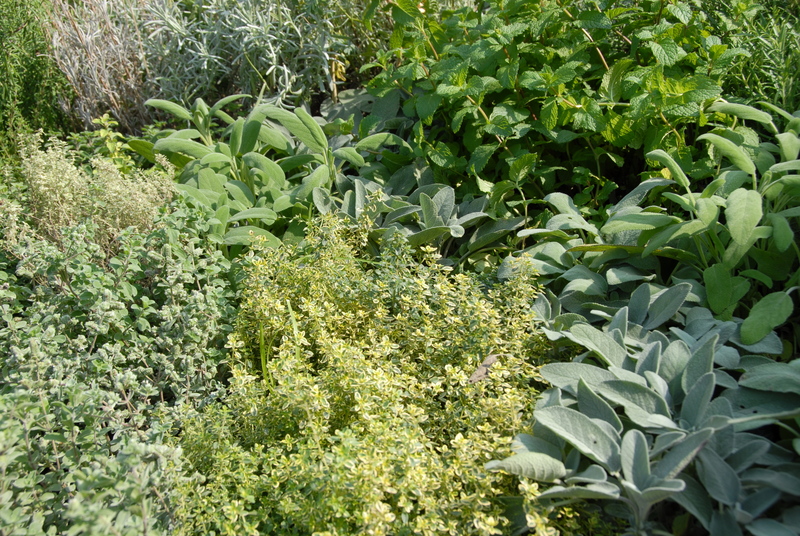Dealing with Heavy Rain in Your Garden
Posted on 06/04/2025
Heavy rain can be both a blessing and a curse for gardeners. While it can provide much-needed hydration to plants, it can also lead to problems such as soil erosion, nutrient leaching, and plant damage. This article will explore how to effectively deal with heavy rain in your garden, ensuring your plants thrive even under adverse weather conditions.
Understanding the Effects of Heavy Rain
Heavy rain impacts your garden in several ways:
- Soil Erosion: The force of heavy rain can wash away topsoil, which contains essential nutrients for plants.
- Waterlogging: Excessive water can lead to waterlogged soils, depriving roots of oxygen.
- Nutrient Leaching: Essential nutrients may seep deep into the soil, making them inaccessible to plant roots.
- Plant Damage: Strong downpours can physically damage plants, break stems, and dislodge delicate roots.
Understanding these effects is crucial in developing strategies to mitigate the damage caused by heavy rain.

Preparing Your Garden
Prevention is better than cure. Preparing your garden for heavy rain involves several proactive measures:
1. Amend the Soil: Ensure your garden soil has good drainage. Adding organic matter such as compost can improve soil structure and drainage.
2. Elevate Plant Beds: Raised beds facilitate better drainage compared to flat ground.
3. Mulching: Applying mulch can protect the soil from erosion and minimize nutrient leaching.
Managing Water Flow
Controlling the flow of water can help prevent damage:
- Install Drains: French drains or surface drains can effectively divert excess water away from your garden.
- Build Swales: These are shallow, water-retentive ditches that help slow down water flow and allow it to soak into the ground.
- Rain Gardens: Planting a rain garden can help absorb excess rainwater, reducing the risk of flooding.
Plant Protection During Heavy Rain
Protecting your plants is vital:
- Stake Tall Plants: Use stakes and supports to prevent tall plants from toppling over during heavy rain.
- Cover Sensitive Plants: Utilize cloches or row covers to shield delicate plants from the impact of heavy rain.
- Prune Wisely: Remove any weak or damaged branches that could break under the weight of heavy rain.
After the Rain
Once the rain has stopped, some remedial actions are necessary:
1. Check for Damage: Inspect your garden and remove any broken branches or damaged plants.
2. Aerate the Soil: Use a garden fork to aerate compacted soil, facilitating oxygen flow to roots.
3. Replenish Nutrients: Add organic fertilizers to replace any nutrients that may have leached away.
Pros and Cons of Heavy Rain in Your Garden
Pros:
- Provides essential hydration for plants.
- Recharges groundwater levels.
- Helps wash away pests and debris.
Cons:
- Can cause soil erosion and nutrient leaching.
- Leads to waterlogged soil, depriving roots of oxygen.
- Potential to cause physical damage to plants.
Top Tips
- Regular Maintenance: Keep gutters and drains clear to facilitate water flow.
- Smart Planting: Plant native species that are better adapted to local weather conditions.
- Use Barriers: Temporary barriers like sandbags can help control water flow during heavy rain.

Key Takeaways
- Proper preparation, such as amending soil and using raised beds, can help mitigate the impact of heavy rain.
- Managing water flow through drains and swales can protect your garden from flooding.
- Regularly check your garden for damage and replenish nutrients after heavy rain.
Conclusion
Dealing with heavy rain in your garden requires a blend of proactive and reactive measures. By preparing your garden, managing water flow, and taking steps to protect your plants, you can ensure your garden remains healthy and productive. Remember, while heavy rain does bring challenges, with the right strategies in place, your garden can thrive come rain or shine.












